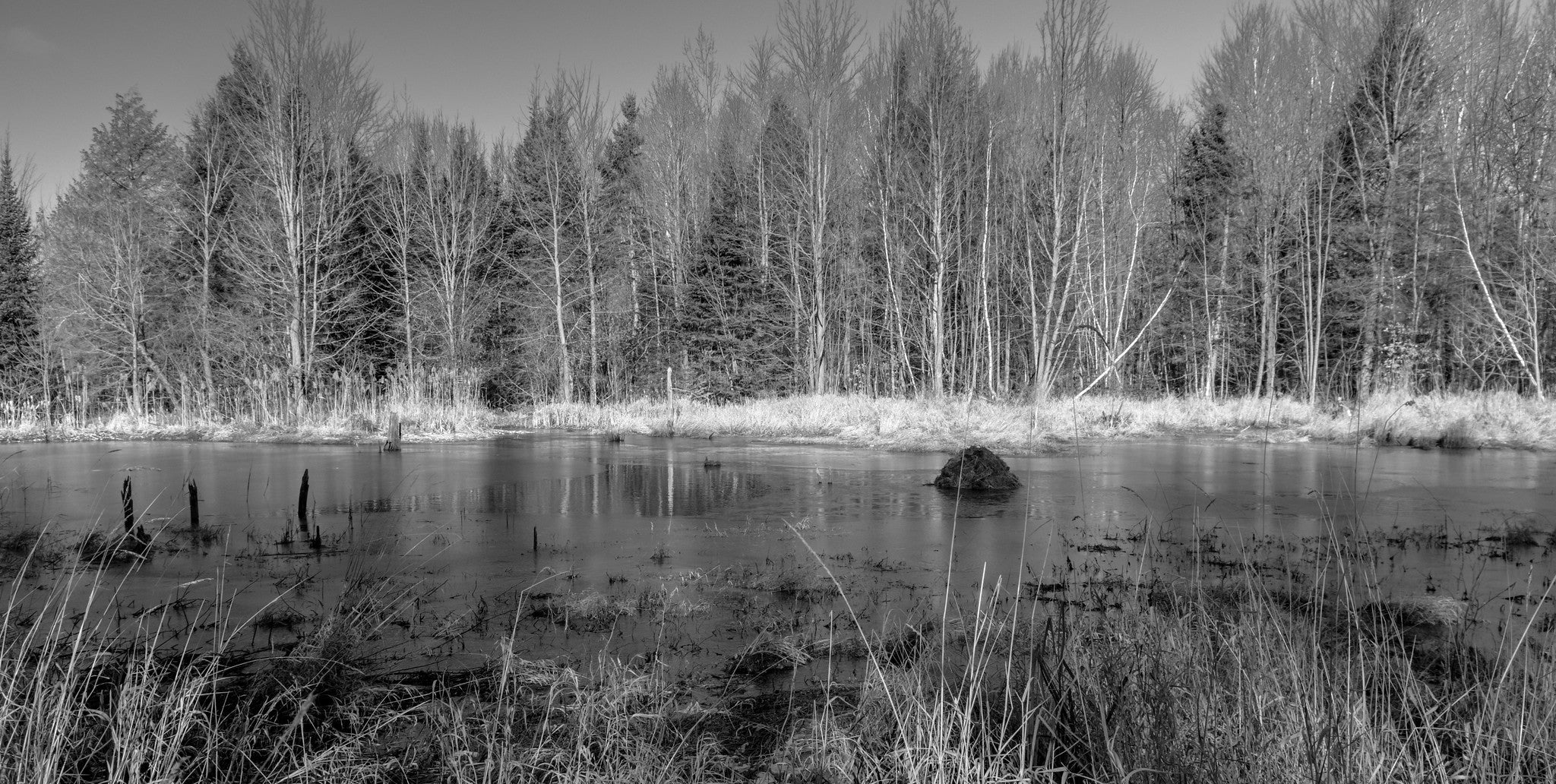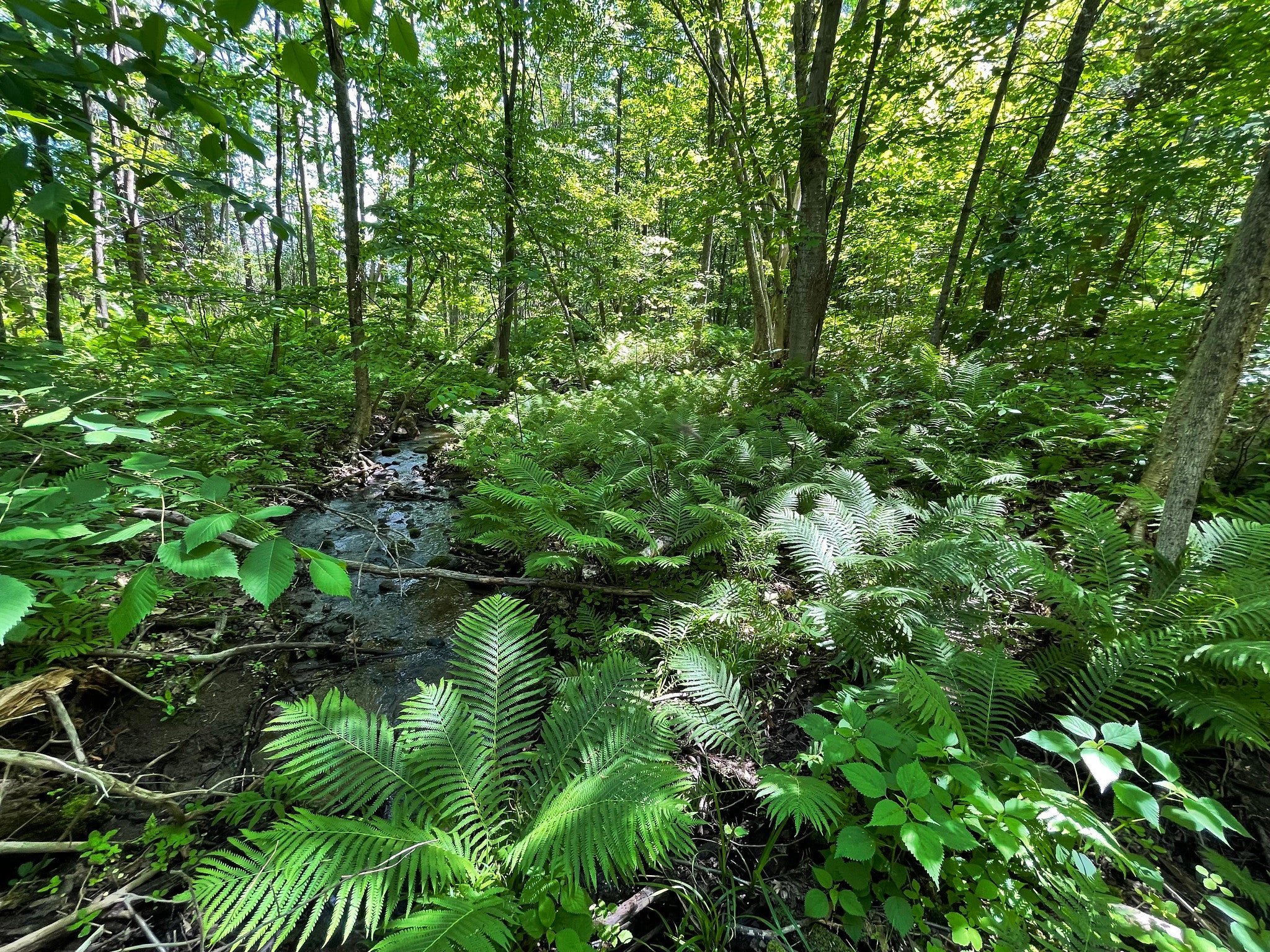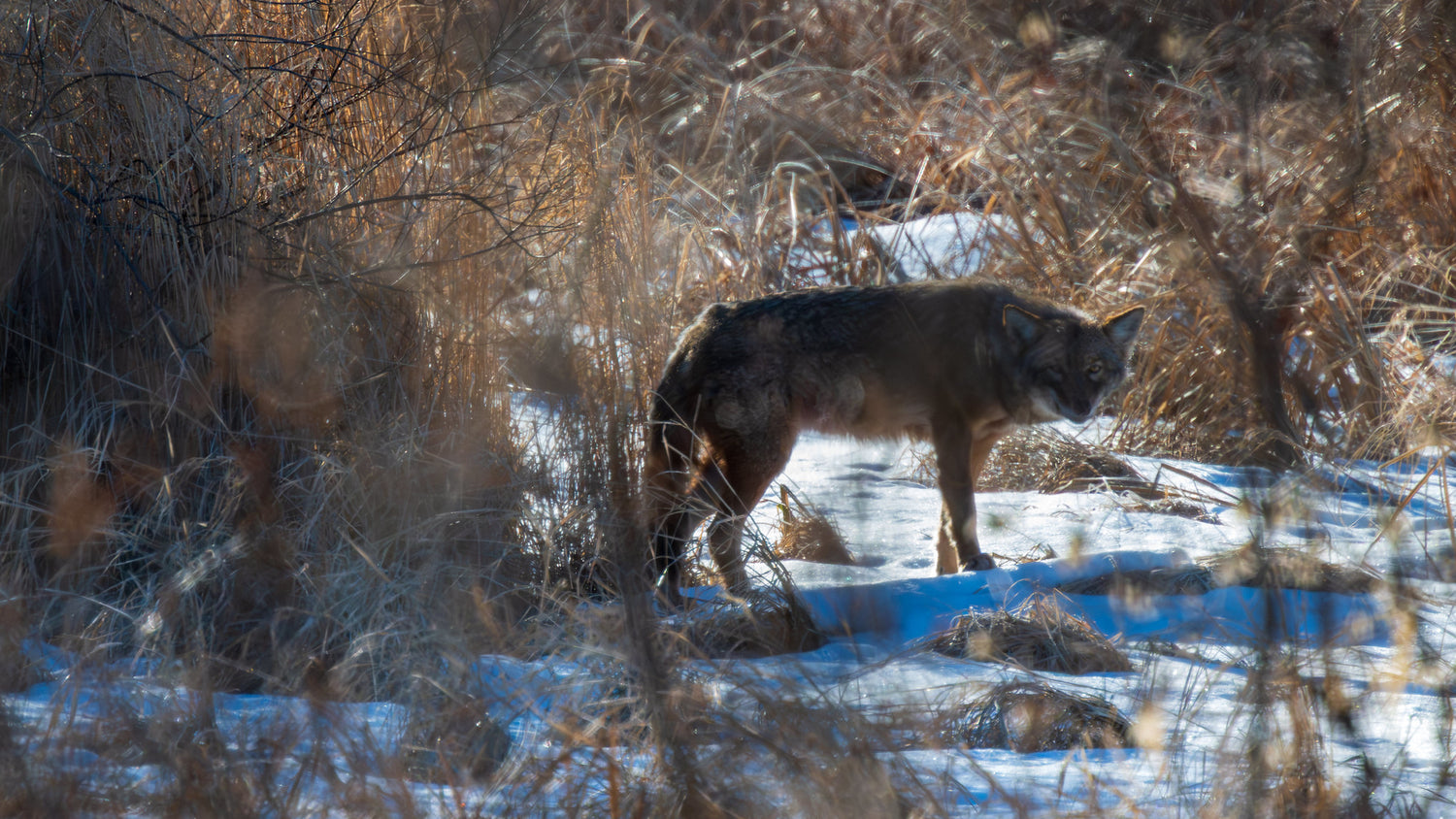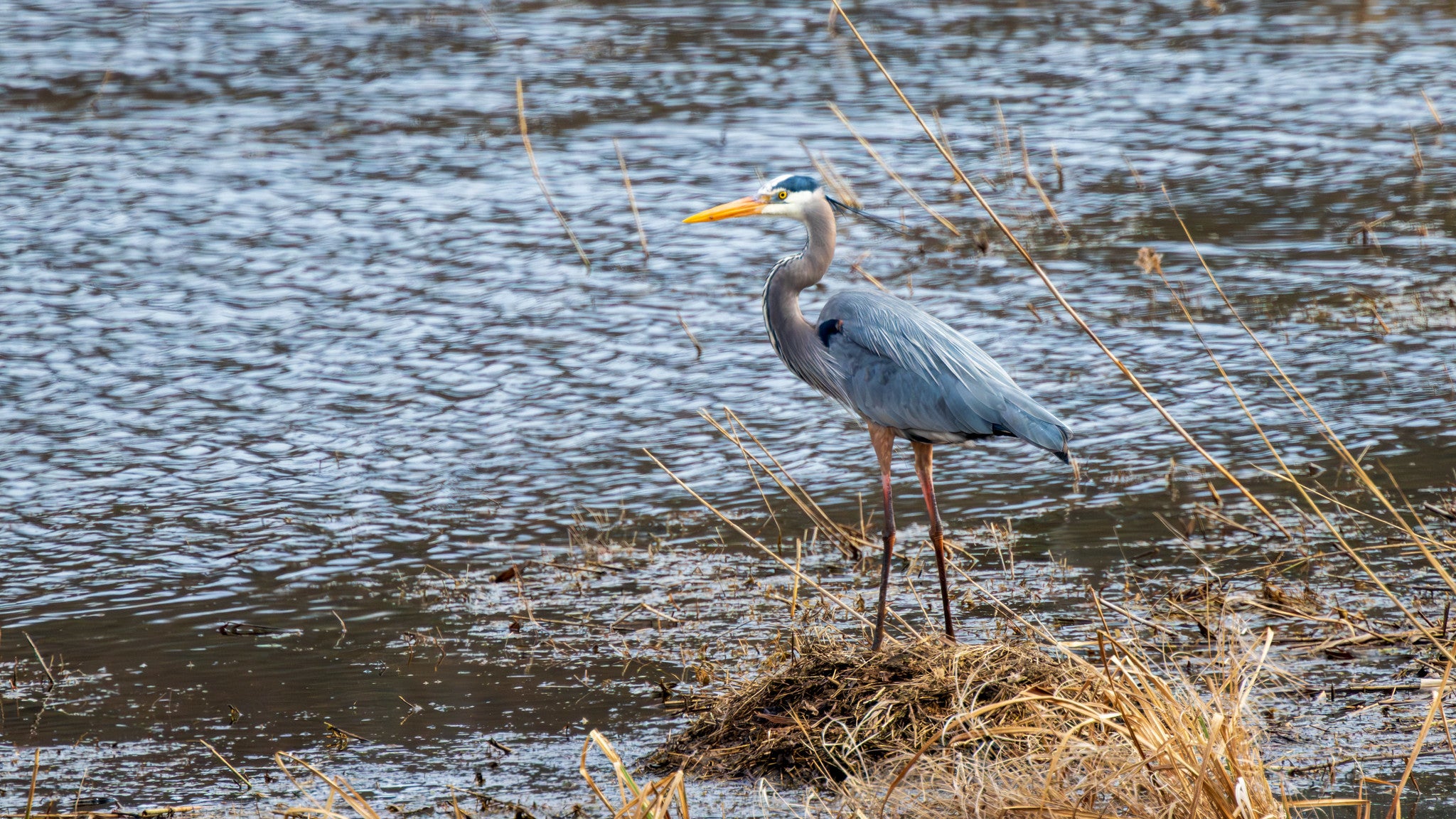From biophilia to conservation: Why nature matters

We often get the question about access to Creek 53, and about whether people can walk the lands, and enjoy the splendor of the area. What is important for Creek 53 is that the natural ecosystems of the territory are preserved in perpetuity for all future generations. Nature is our only client. Humans are part of nature, and connected to nature, but in the case of Creek 53, the flora and fauna that occur with Creek 53 take precedent. If we want to save the territory for the future, minimizing opportunities to mess it up now is essential. This is why the protected lands are not a recreational area, and why public access is limited. Limiting access helps ensure it can remain as a natural area, undergoing its own evolution and ebbs and flows, without undue influence by humans.
Many people are drawn to the natural world, sometimes in unexpected ways. Perhaps it’s watching pigeons swooping between skyscrapers in a busy city, catching a glimpse of a soaring hawk from the window on a commuter train, or perhaps playing a video game that contains nature-inspired virtual landscapes. Connecting with nature does not have to be walking in an old-growth forest, or an off-grid canoe-trip. Engagement with nature takes many forms.
Humans are intimately connected to nature and to all the species with whom we share this planet. Through our evolutionary history we have been shaped by nature. We depend on nature for the planet’s wellbeing. Whether pollination of plants for our food, helping provide clean water, or natural erosion control. Nature’s ‘ecosystem services’ support all species, including humans.

The term biophilia is about this connection we have to nature. It is defined simply as a love of life or living things.
It doesn’t mean everyone loves nature – some people prefer a world that is divorced from nature (especially during mosquito season!), but at a species level (for Homo sapiens), we can never be truly divorced from nature. We are a biological being related to other species. There is, deep down and in a fundamental way, an immutable love of nature and living things.
You may not agree that a video game can help connect with nature but the variety of ways biophilia is expressed needs to be embraced, celebrated, and facilitated. And the reason is simple: fostering any connection to nature helps develop preconditions for the preservation of nature. Stated another way, supporting efforts to preserve wild lands starts with recognition that nature is important and provides a net positive to our lives. If observing and appreciating nature while watching a TikTok video about birds can lead to a greater awareness of wildlife, this is a win.
Another reason to celebrate different ways to connect with nature is because not all natural areas can or should be accessible. Limited access to wild lands is necessary in some contexts because humans are effective at harming ecosystems. We bring in invasive or alien species, we cut down trees that should be left to stand, we walk over and through sensitive area, we modify waterways, dump garbage, or build structures in the wrong places. This does not mean wild lands should be preserved at the total exclusion of humans, but rather limited access to some wild lands is sometimes necessary. And instead, these areas can be appreciated with photos, write-ups, or by other means.

We want you to join the Creek 53 community even if you cannot go there whenever you want. Rather, we want you to support Creek 53 and know about the area and celebrate it in part because it is not fully accessible and because it is a place where nature can thrive on its own.
The wellbeing of our planet depends on implementing conservation approaches through a broad lens. This necessarily includes protecting some lands that have limited access, but also creating and supporting recreational areas, parks, bike trails, dog-walking areas, park benches, and tree-lined streets. There is not a ‘one-size-fits-all’ approach to conservation.
Having as many opportunities as possible for people to fall in love with nature allows a deeper understanding of why we need wild lands and why these may be places we never visit. We can appreciate Quttinirpaaq National Park even if we’ll never go there. We can enjoy Creek 53 even if its access is limited. We can imagine a better future because these places exist.

We can close our eyes and imagine a Great Blue Heron rising from the wetland, unseen by any human. We can imagine the magic chorus of tree frogs, even if we live in a condominium downtown. We can imagine the spectacular crash of that ancient pine tree finally succumbing to a windstorm.
These daydreams are not a fantasy; these are realities because of places like Creek 53.
This is how biophilia leads to conservation.
Chris Buddle, April 2024
Professor Chris Buddle, Trustee for the Creek 53 Conservancy Trust
